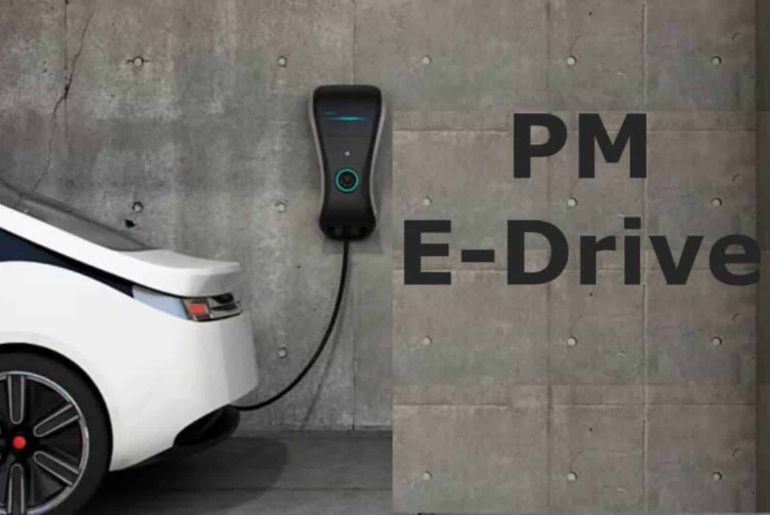In a landmark move to strengthen India’s electric mobility ecosystem, the Government of India has unveiled the ambitious PM E-DRIVE Scheme, targeting wide-scale adoption of electric and hybrid vehicles while also building a self-sustaining EV industry within the country. The comprehensive initiative is expected to play a pivotal role in reducing vehicular emissions, boosting domestic manufacturing, and advancing the country’s climate goals.
The scheme outlines several key objectives, including encouraging the adoption of electric and hybrid vehicles through market creation, demand aggregation, and related interventions. It also aims to support the development of domestic EV technology and the manufacturing of battery electric and hybrid vehicles, with a special focus on startups and MSMEs.
Among its major components, the PM E-DRIVE Scheme includes a financial allocation of ₹4,391 crore to deploy 14,028 electric buses across the country. Initially, the scheme will target nine major cities with populations exceeding 40 lakh: Mumbai, Delhi, Bangalore, Hyderabad, Ahmedabad, Chennai, Kolkata, Surat, and Pune. Additionally, provisions for inter-city and inter-state e-bus services will be explored in coordination with state governments and stakeholders.
To instill confidence among EV users, the scheme has also earmarked ₹2,000 crore for the development of public EV charging infrastructure. This infrastructure rollout will span urban, semi-urban, and rural areas and will be executed through the involvement of Central Ministries, State Governments, Central Public Sector Enterprises (CPSEs), and other authorities. Charging station locations will be selected based on technical parameters such as EV density and local requirements.
The scheme promotes progressive localisation of EV production under its phased manufacturing program (PMP), thus encouraging domestic production of EVs and their components. This aligns with the government’s vision of creating a strong, globally competitive, and viable EV manufacturing ecosystem.
A key aspect of PM E-DRIVE is its contribution to reducing the emission intensity of India’s GDP in line with the “Panchamrit” commitments made at COP26 and reflected in the country’s updated Nationally Determined Contributions (NDCs). By cutting down fossil fuel dependency and vehicular emissions, the scheme is expected to significantly enhance India’s environmental sustainability goals.
The implementation of the PM E-DRIVE Scheme will cover the entire country, including underserved regions like Bundelkhand, ensuring equitable development and access to electric mobility for all.

